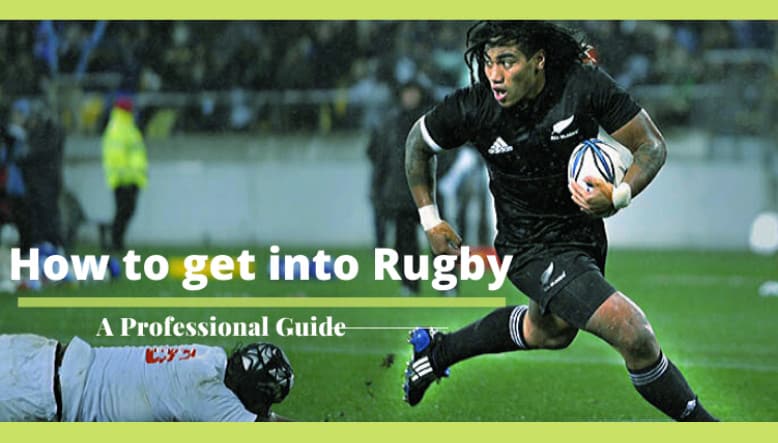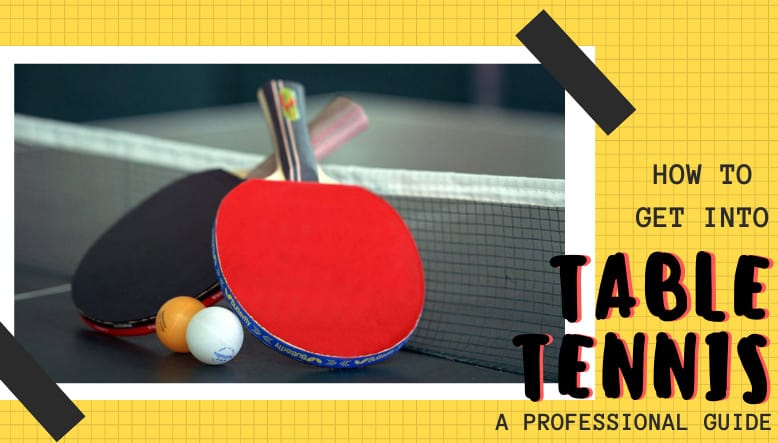
Content Quick Jump
When you’re a kid, getting into football is usually pretty easy. You probably get it at school anyway and then there’s after-school clubs, junior sports clubs or just meeting your mates down the park. When you’re an adult, getting (back) into football can be a bit more difficult. You’re not at school, you’re too old for junior clubs and now that you and your mates will all be working, it can be hard to get everyone together for a game.
The good news is, there’s lots of adults still enjoy playing football and so even if your old footie mates can’t get together for regular games the way they used to, you can make new ones.

Getting Your It Together
For anyone other than a goalie, basic football kit is just shorts, t-shirt and football boots or trainers. If you’re playing outdoors on grass or astroturf, proper football boots (with spikes) are a good investment as they give much better grip than trainers.
Goalies don’t usually move that much so they tend to wear warmer clothes, which usually means a jumper on top of their t-shirt. They may also wear hats or visors to keep the sun out of their eyes and gloves to protect their hands when they catch the ball.
Shin guards can also be handy. Football isn’t really a contact sport, but it is a game where contact tends to happen and even with proper spiked football boots, people are going to slip and go down from time to time, so it’s a good idea to have some protection.
If you’re playing with people you don’t know that well, you might want to invest in some tabards or arm bands, just so you can see easily who’s on your team and who the opposition is.
Other than that, all you need is a ball and somewhere to mark the goalposts - and some other players.
Finding Other Players
When it comes to finding other players, it’s a good idea to start with the obvious. Ask around people you know to see if they play or know people who play. If you can’t get a team (and an opposition) together, then try the internet. There are official sites for England, Scotland, Wales and NI or you could just look around your local listings.
If you still harbour dreams of going pro, then you could try joining a competitive club and see where that takes you. The EPL has a fair number of players who got into the Premiership after having been spotted in non-league games. Out of the current players, Michail Antonio, Yannick Bolasie, Sam Clucas, Chris Smalling, Jamie Vardy and Ashley Williams all started in non-league teams as did club legends Les Ferdinand and Ian Wright.
THE FOOTBALL CLUB FINDER
The Basic Rules of Football
The rules of football are set by the International Football Association Board (IFAB) and the official rule-book is about 150 pages long. If you really want to read it, then you can download a copy. Even FA recognizes that this is just a little bit too much for the average player, so there’s a much more user-friendly summary section on their website.
Realistically, however, even EPL players don’t necessarily know all the rules, especially when it comes to what’s classed as offside. If you’re just playing with your mates, then you can agree a basic system before a game and just apply the rules yourself. If you’re playing with a referee, then they’ll tell you what’s what (and one rule to remember is that arguing with a referee is against the rules).
For practical purposes, you can touch the ball with your head, core and legs as well as your feet but not your arms or hands (unless you’re a goalie in the penalty box or actually have a throw in), you stay in front of the other team’s goalie and you only go in on a tackle if you have at least a 50/50 chance at getting the ball.
Other than that, just play nice and be polite, especially to the referee, even if you think they’ve got it totally wrong (in fact, even if you know they’ve got it totally wrong).
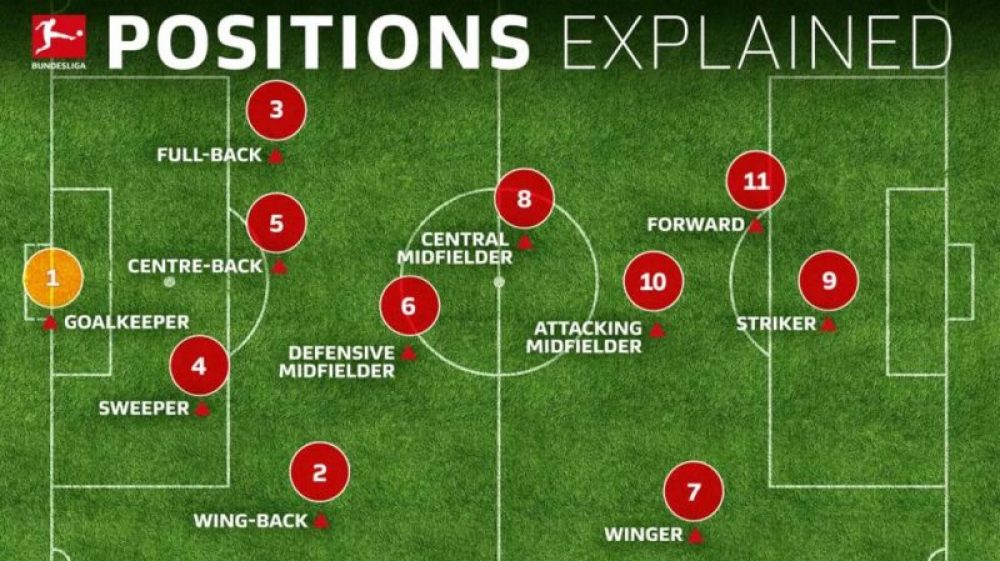
Football positions
If it’s been a while since you last played, you might want to have a refresher of who plays where and basically what they do. Football positions are continually developing as new playing styles are adopted and new formations tried, but essentially they all fall into one of four categories - the goalkeeper, the defence, the midfielders and the attack pack.
The goalkeeper
On one level, the goalkeeper’s job is fairly obvious, to stop the ball going into the net. In the modern game, however, there is a growing trend to try to integrate the keeper into the team more and have them play a more active role in the game.
The defence
Full backs, central defenders and sweepers
The “classic” approach to defence is to have a “back line”, which is literally a line of two full backs (left and right) and two central defenders (in the middle).
The full backs are there to stop the opposition coming down the sides of the pitch and also to help out the central defenders when needed. The central defenders are essentially the goalie’s bodyguards. They are literally what stands between the opposition and the goalie.
The “modern” or more European approach to defence is to have a back triangle with the two central defenders slightly further forward and left/right of centre and a single player, known as the sweeper, right in front of the goalie. So basically the centre backs now have to cover most of their own goal area with the sweeper helping them out when they can, but mainly being there to protect the goalie.
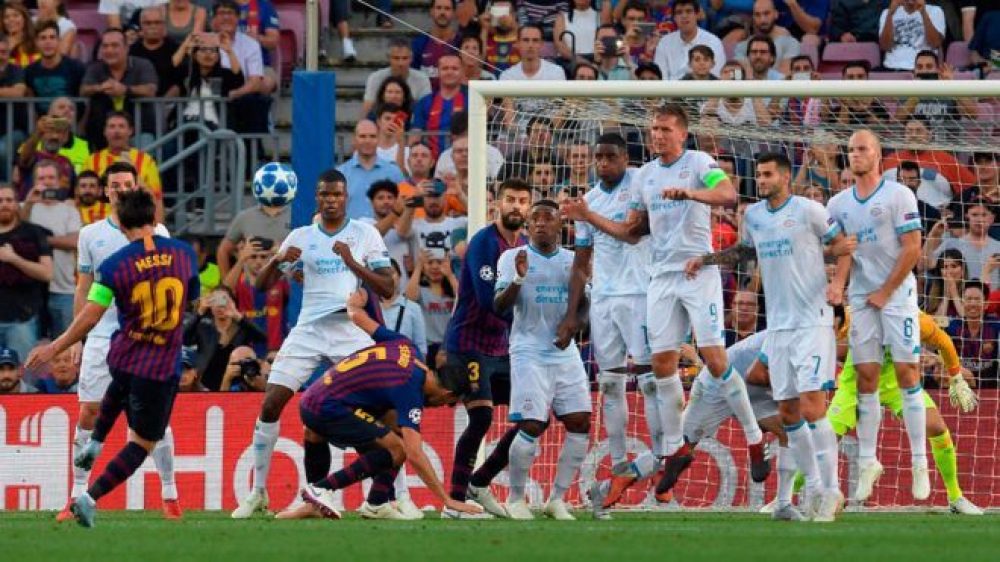
The midfielders
Wing backs, wide midfielders, central midfielders and “second strikers”
There’s a case for arguing that wing backs are actually defenders, hence why they’re called backs, but their starting position is where the corners of the penalty box meet the midfield and they regularly play right up into the centre midfield.
Wing backs are often known as wingers and that’s a pretty good summary of their job. They’re the players you see winging it up and down the pitch, from the goal to the centre midfield (and sometimes beyond), keeping the sidelines covered and helping out the rest of the team wherever and whenever they’re needed. Basically, the best wingers are generally the fastest, most agile players on the pitch.
Wide midfield and centre midfield essentially work along the same lines as the full and centre backs who are literally behind them (at least at the start of the game).
Wide midfielders do a very similar job to wingers but are positioned a bit further forward and closer to the center (again to begin with). The general idea is that they will aim to attack from the sides (or at least present a threat to keep defenders busy) but can also come into the centre if their own goal is under attack.
Centre midfielders are basically the glue that keeps the team together. They link the forward players with the defenders and are always on the look out for opportunities and threats.
The “second striker” is a fairly new position. Basically, the ideal is that instead of having two centre forwards, essentially covering (slightly) left and right, you have one player up front (your lone striker) and one player slightly behind, closer to the midfield, who will move (generally like greased lightning) to create chances for the striker and, if they get the chance, aim for the net themselves.
You could make a strong case for arguing that the second striker’s position should go under the heading of “attack pack”, but they can play quite deep into the midfield, so we’ve put them here.
The attack pack
Centre forwards and lone strikers are the players who are most likely to put the ball into the net essentially because they’re the players who are closest to it. Centre forwards basically work the left- and right-hand sides of the pitch, whereas lone strikers are, literally, front and centre, but, these days, often backed by a “second striker”, who connects them to the midfield and generally helps them out.
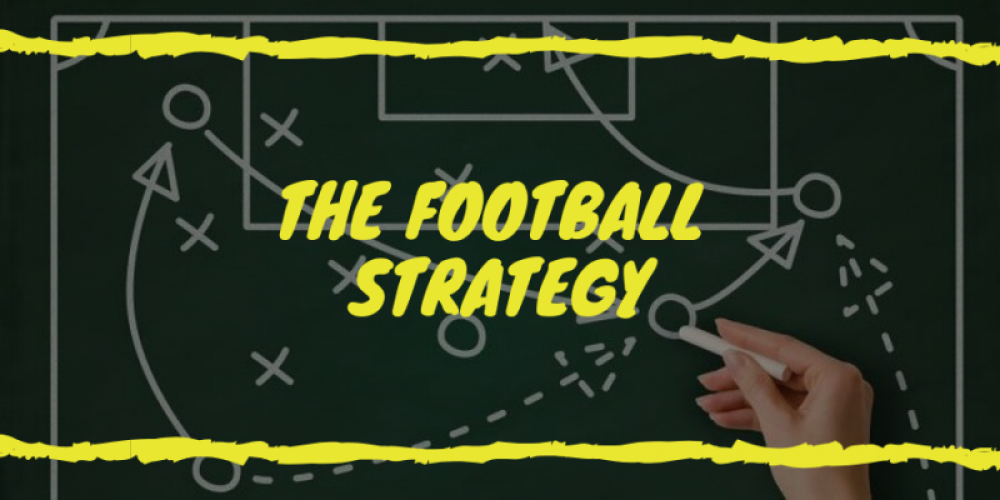
Football strategy (aka how to choose the right formation)
The level of strategy involved is what really differentiates 5-a-side football from the 11-player game.
In 5-a-side there are so few players on the pitch that there really is only one sensible way to deploy them and that is to have one goalie, one defender, two midfielders and a forward player (these positions can go by different names but that’s basically what they are).
In an 11-player game, you have more than double the number of players at your disposal and so strategy becomes a very big deal. That’s the main reason why EPL managers can earn massive sums of money.
Like football itself, strategy is basically an exercise of two halves. The first half is picking the right player for the right position and the second half is picking the right formation, in other words, the right way to group your players in any given situation.
All formations are described in the form D-M-F, so your defensive players, your midfielders and your forwards. It’s always assumed that there will be a goalie between the posts so that position is ignored. So, for example, the standard 5-a-side formation is known as the 1-2-1 diamond.
In the 11-player game, there are two main formations, each having its own spin-off options.
The 4-4-2
The “bread-and-butter” formation (at least in the UK) is the 4-4-2. It’s popular because it gives breadth, depth and flexibility. The modern variations of the 4-4-2 are the 4-3-3 and the 4-4-1-1. The latter is the formation with the “second striker” mentioned earlier, who starts ahead of the midfield proper, but behind the striker. These are both very attack-orientated formations, but can leave the goalkeeper dangerously exposed if the opposition breaks through.
The 3-5-2/5-3-2 and the 4-5-1
The 3-5-2/5-3-2 and the 4-5-1 are both about packing the midfield. The 3-5-2 and the 5-3-2 are essentially the same formation. Basically the core defence is provided by two centre backs and a sweeper, supported either by wingers (3-5-2) or very attacking full backs (5-3-2). The 4-5-1 is just an alternative way of packing the midfield.
One very common tactic is to start in a 4-4-2 and then change formations according to an agreed strategy such as whether or not you have the ball. For example, under Jose Mourinho, Chelsea routinely played 4-3-3 when they had the ball and 4-5-1 when they didn’t.
If you’re playing in a club with a coach, then they will guide you on what strategies to use in what circumstances. If, however, you’re just playing with your mates, then you’ll have to decide this with team talks and it’s usually a good idea to designate a team captain to take charge of making things work during a game. The best candidate is usually a centre midfielder and ideally somebody tall who can literally see over the pitch.

A final point - 5-a-side versus the 11-player game
The 5-a-side game is highly unlikely to push the 11-player game out of its place on prime TV. There’s not really enough strategy to it to make it anything like as entertaining to watch. It is, however, a whole lot of fun to play and it can be a much more practical option for amateur players for the simple reason that you need fewer people for a game, plus you can play on a smaller pitch, in fact you can even play indoors.
In short, if you seriously want to learn to play your very best football and maybe use the amateur game to move into league play in some capacity (possibly as an official, referee or coach), then the 11-player game is the way to go. If, however, you just want to keep fit and have some fun with your mates, then there’s a lot to be said for 5-a-side.




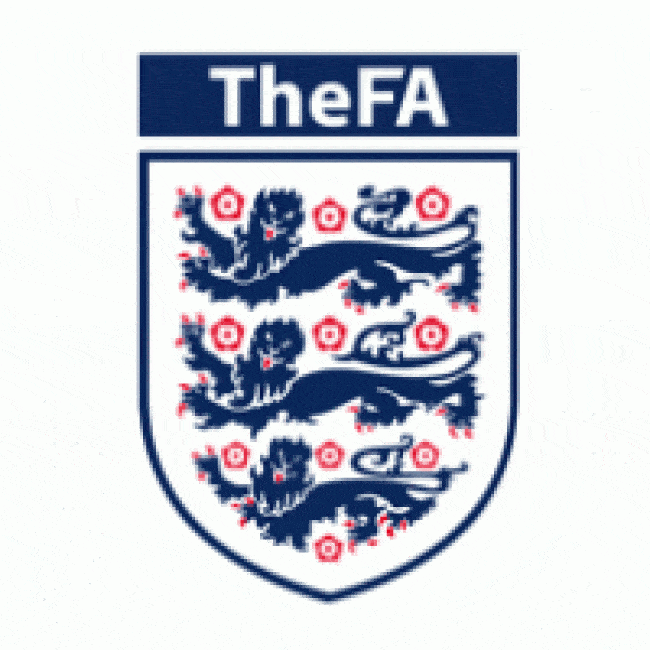
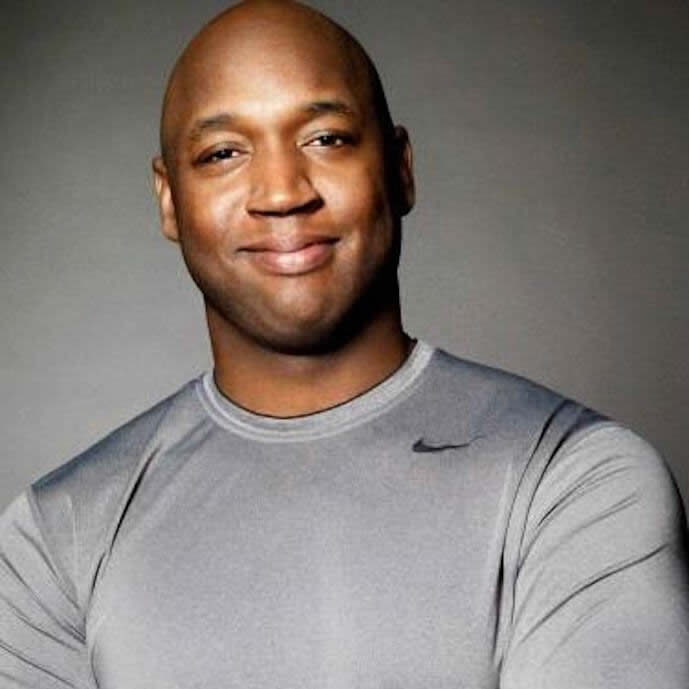
![How to Get into Football [Complete Professional Guide]](https://fitnessauthority.co.uk/wp-content/uploads/thumbs_dir/how-to-get-into-the-gym-omspdz5xhw8jmlo7642e2wexfqufx9zrntq4afde7w.jpg)
![How to Get into Football [Complete Professional Guide]](https://fitnessauthority.co.uk/wp-content/uploads/thumbs_dir/How-to-Get-into-Basketball-omsp86hrcoaw163b0lv7pd2lk7eyggzcv4wbqzysl8.jpg)
![Best Home Gym Mirror – [Full Buyer’s Guide & Review]](https://fitnessauthority.co.uk/wp-content/uploads/2021/04/Best-Home-Gym-Mirror-800x400-1.jpg)
